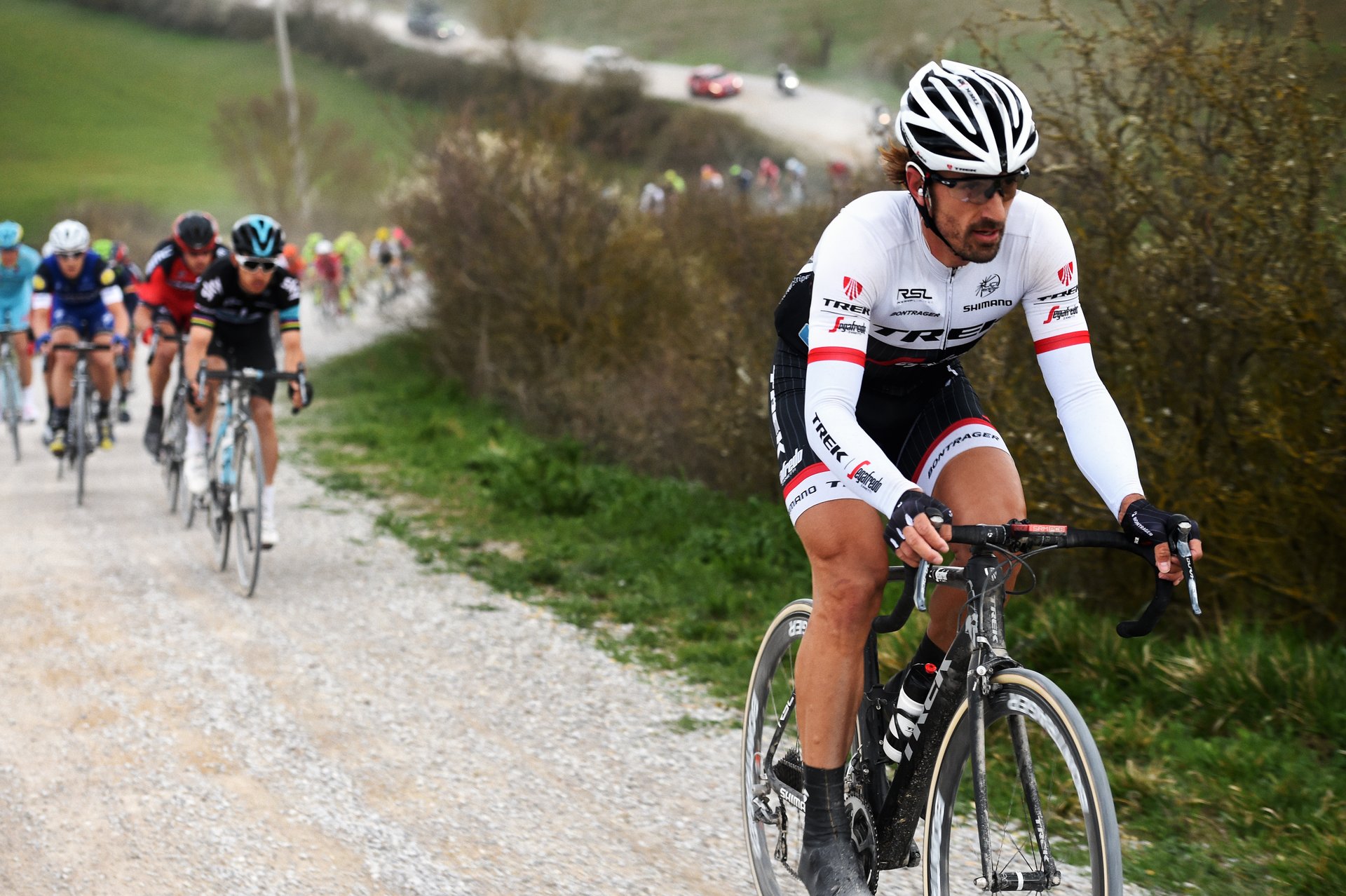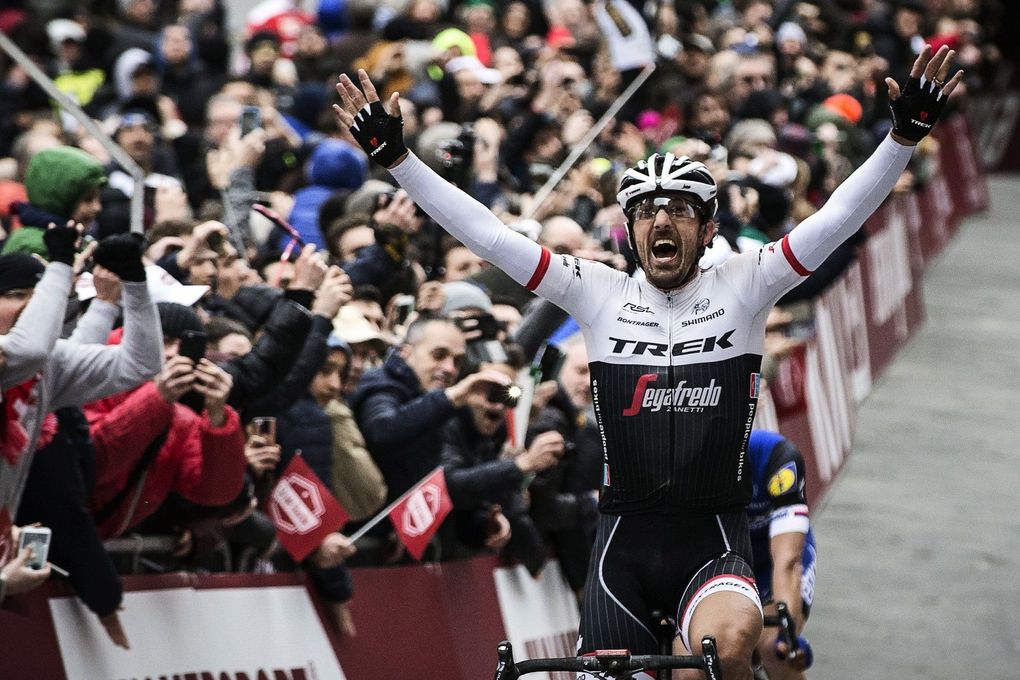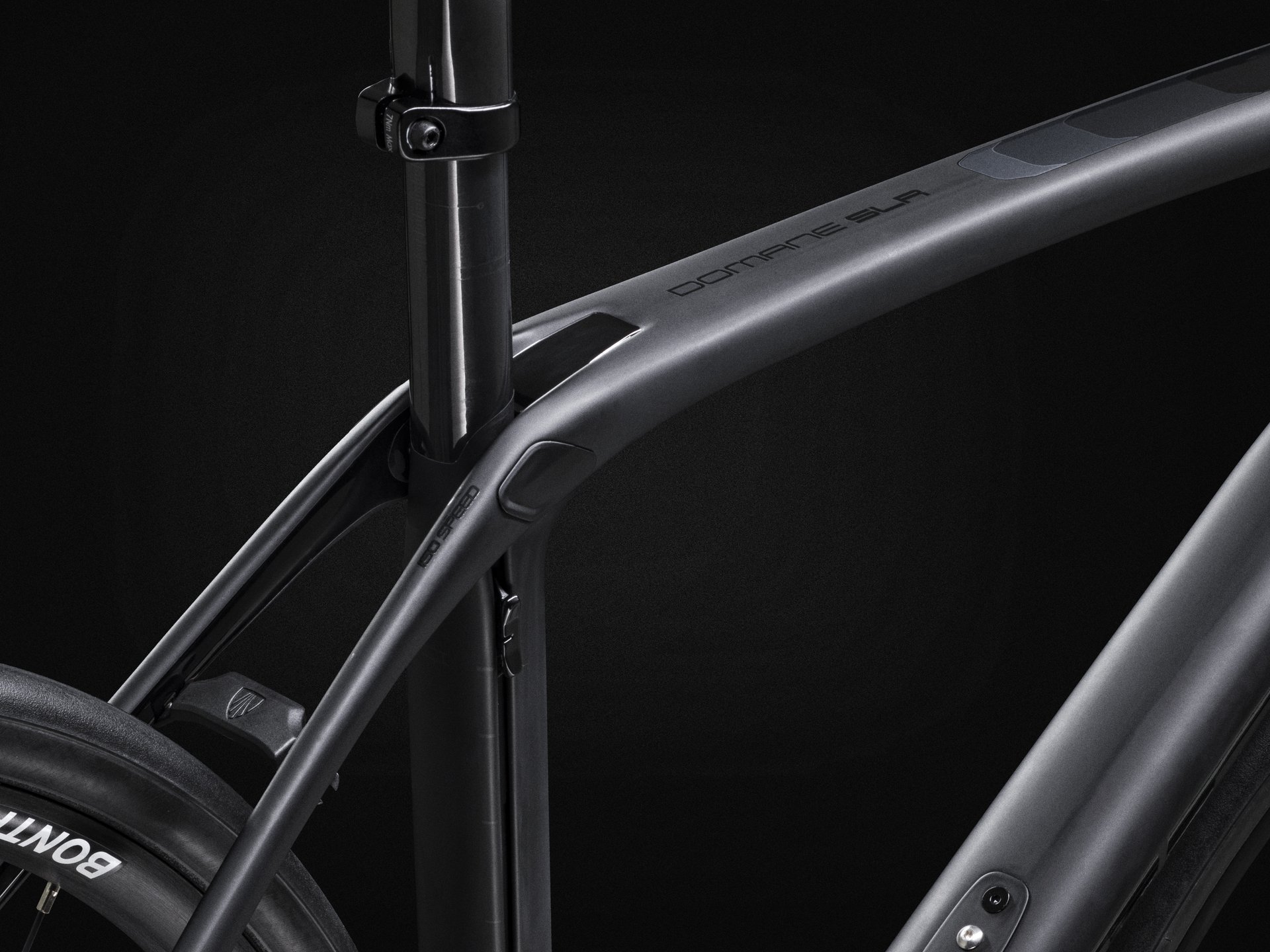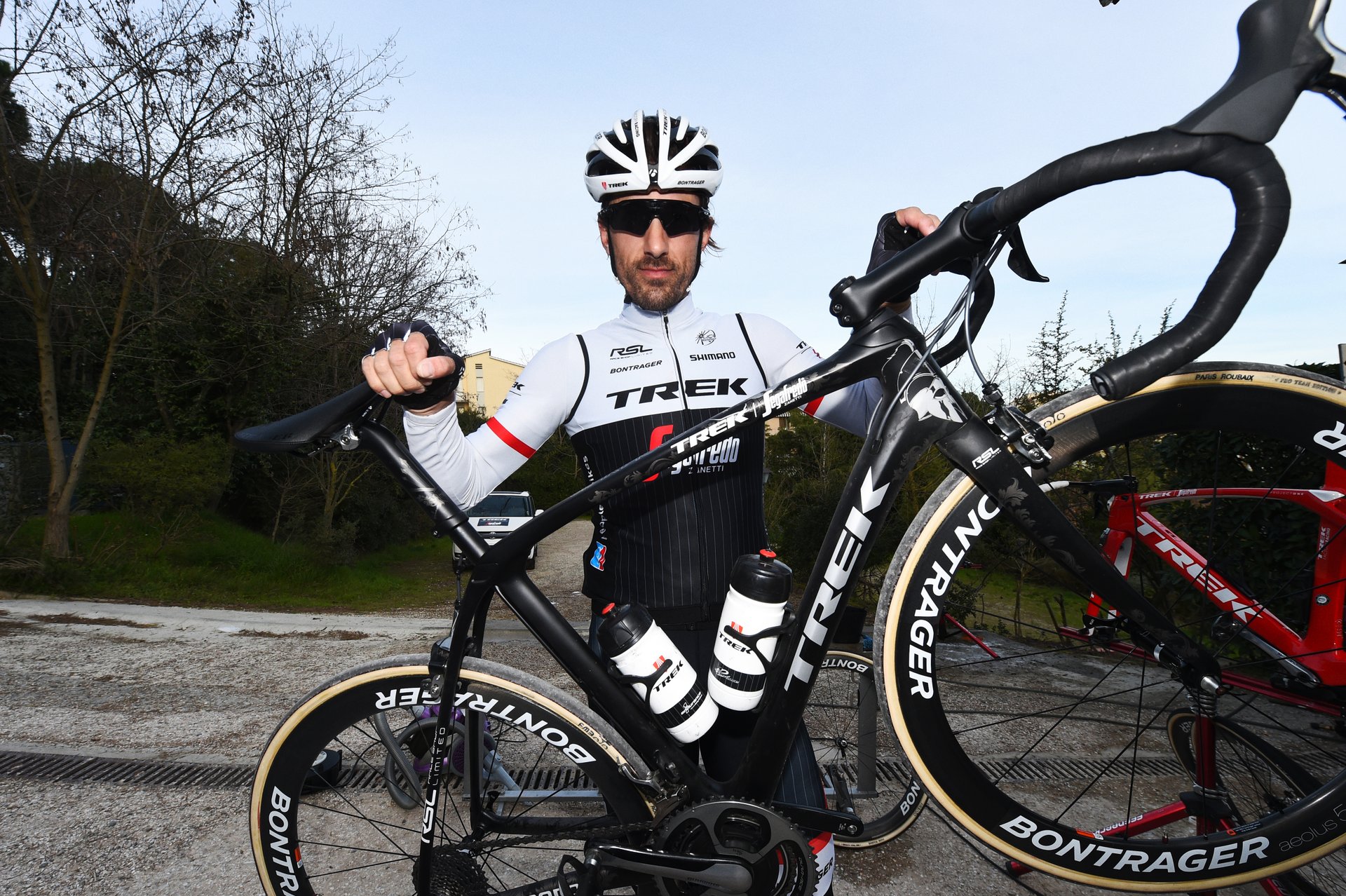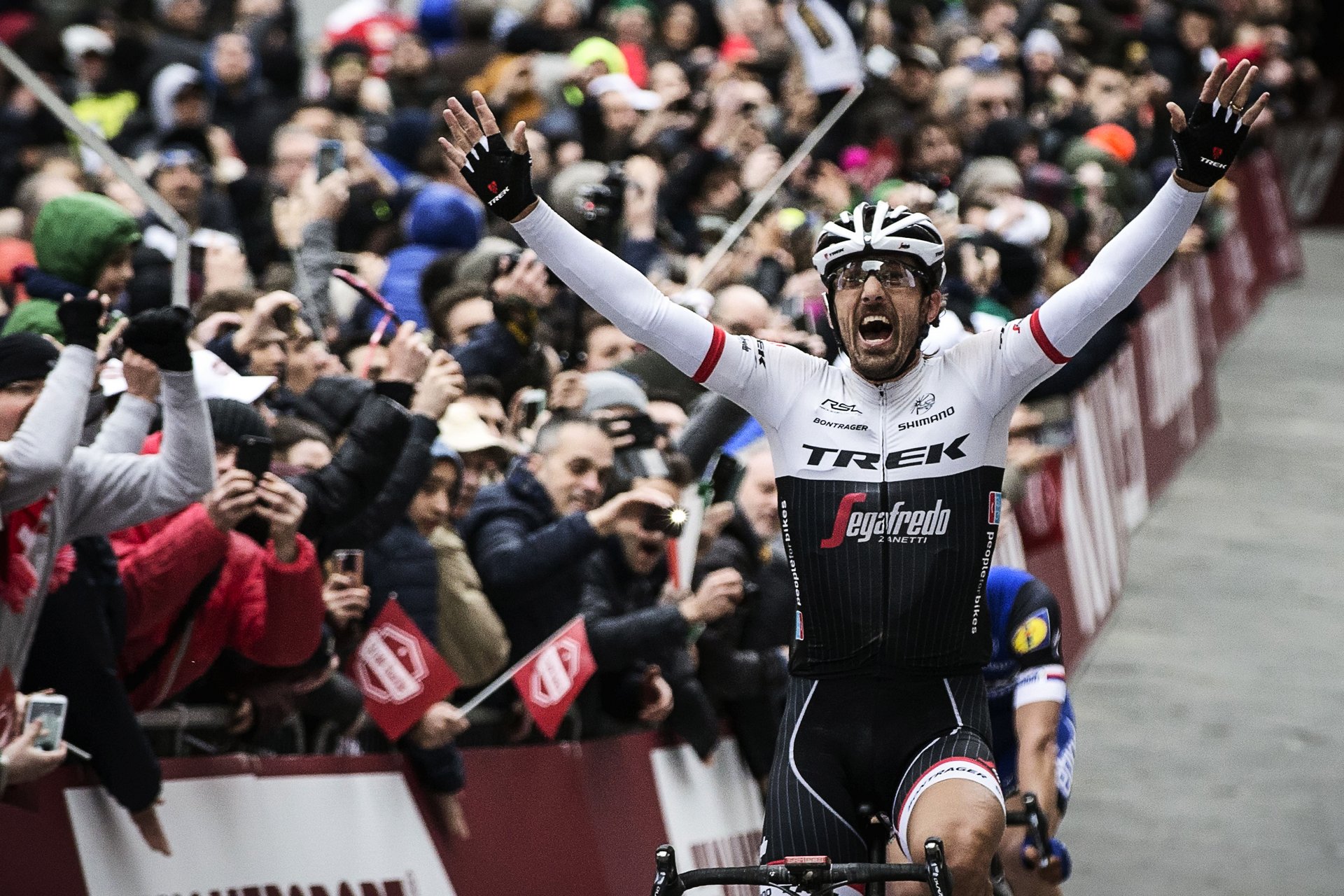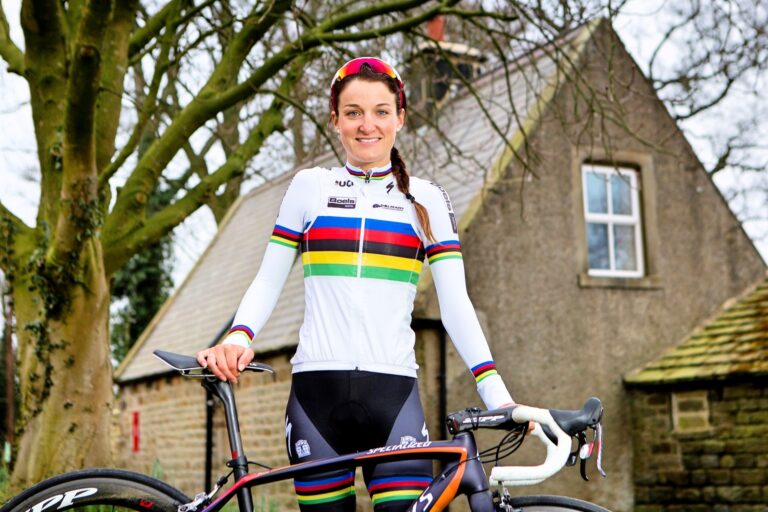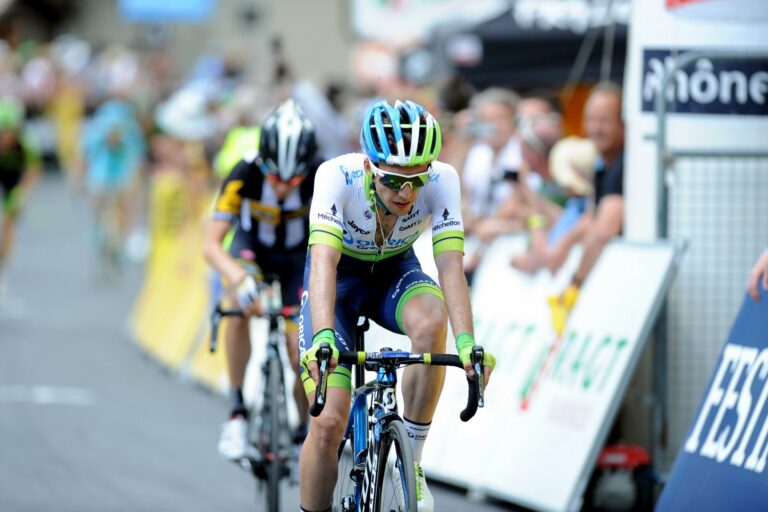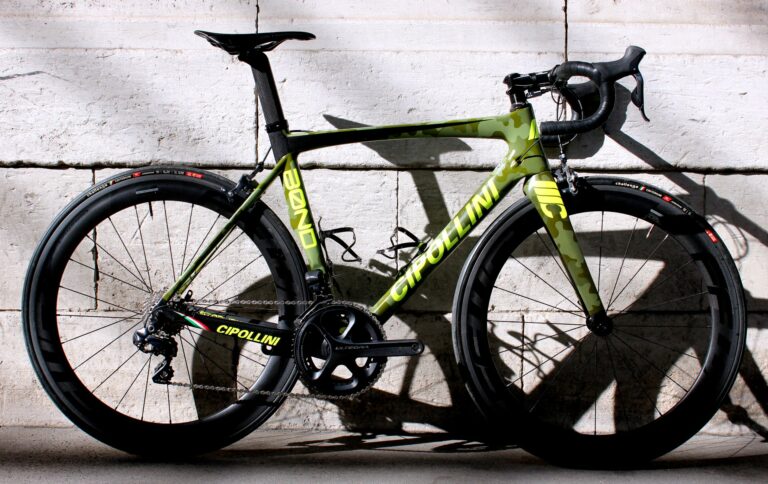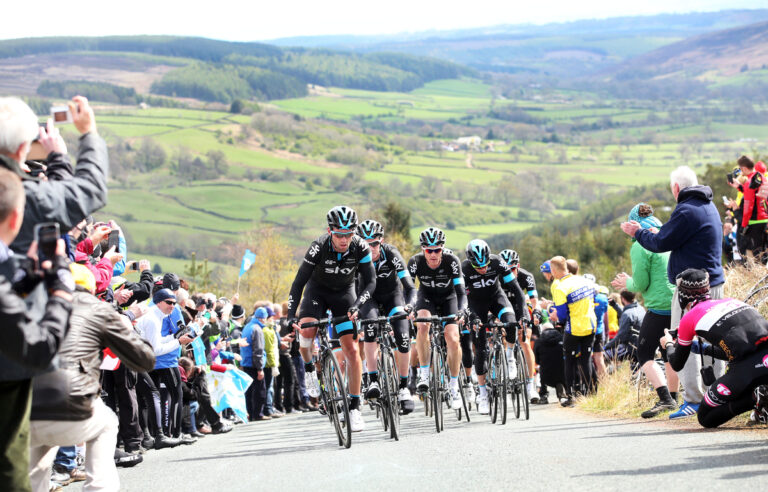Four years after the launch of the original Domane, Trek have introduced the Domane SLR, in both rim and disc brake versions. The SLR uses a second-generation IsoSpeed decoupler at the rear, while also introducing the comfort-boosting technology at the front of the bike, along with a new IsoCore handlebar.
Trek’s road bike range is split into three clear divisions. With the super-light Emonda SLR launched in 2014, and the hyper-aero Madone coming in 2015, it’s now the Domane’s turn – but Trek’s endurance bike has been overhauled, rather than simply updated. These are the headlines before we delve into the details and what Trek are saying about the new bike at the launch in Belgium.
- Rear IsoSpeed decoupler now adjustable, up to 14 per cent increase in compliance
- Front IsoSpeed introduced, claimed ten per cent improvement in compliance
- New IsoCore handlebar said to offer twenty per cent increase in vibration dampening over stock carbon ‘bar
- Disc and rim brake versions, from £3,600 to £7,600
- 28mm tyre clearance on Domane SLR, 32mm on Domane SLR Disc


